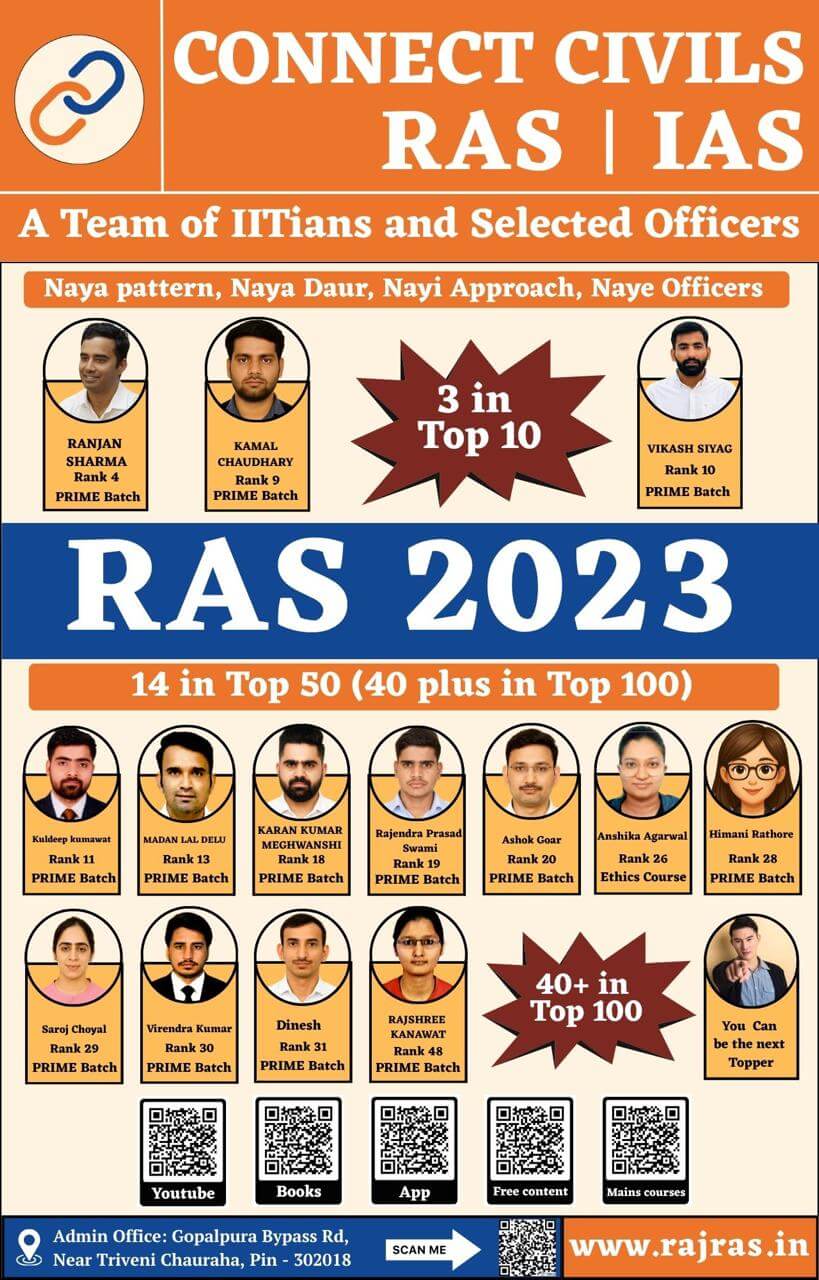In May 2007, Government of India, approved the launch of a Mission on Nano Science and Technology (Nano Mission) as an umbrella programme for capacity building. The Department of Science and Technology was selected as the nodal agency for implementing the Nano Mission and mission was given an allocation of Rs. 1000 crore for 5 years.
Recognizing the success of Nano Mission, in 2014, the Union Cabinet accorded approval for continuation of the Nano Mission in its Phase-II during the 12th Plan period with an allocation of Rs. 650 crore.
Objectives of Nano-Mission
- Basic Research Promotion – Funding of basic research by individual scientists and/or groups of scientists and creation of centres of excellence for pursuing studies leading to fundamental understanding of matter that enables control and manipulation at the nanoscale.
- Infrastructure Development for Nano Science & Technology Research – Establishing a chain of shared facilities across the country with sophisticated equipments required for Nano research.
- Nano Applications and Technology Development Programmes– To catalyze Applications and Technology Development Programmes leading to products and devices
- Human Resource Development – Effective education and training to researchers and professionals in diversified fields so that a genuine interdisciplinary culture for nanoscale science, engineering and technology can emerge.
- International Collaborations – Apart from exploratory visits of scientists, organization of joint workshops and conferences and joint research projects.
Organisational Structure
The NanoMission is a Mission-Mode programme within DST. At the apex level, it is steered by a Nano Mission Council (NMC), whichis currently being chaired by Professor CNR Rao.
The technical programmes of the Nano Mission are also being guided by two advisory groups, viz. the Nano Science Advisory Group (NSAG) and the Nano Applications and Technology Advisory Group (NATAG).
Outcomes:
- As a result of the efforts led by the Nano Mission, in 2013, India came to 3rd position in the world in terms of scientific publications in nano science and technology.
- The Nano Mission itself has resulted in about 5000 research papers and about 900 Ph.Ds by 2014.
- Through the mission, Indian scientists have been given access to global state-of-the-art facilities like the Photon Factory at Tsukuba, Japan and PETRA III in Hamburg, Germany.
- In 2013, Institute of Nano Science and Technology (INST) started functioning at Mohali, Punjab.
- Indian Institute of Nano Science & Technology (IINSc) located in Bangalore, India.
Some recent Success:
- A team from IIT Madras has used nanotechnology for arsenic decontamination of water.
- Another team from IIT Delhi has come up with a water based self cleaning technology for use in textile industry.
What more can be done
- The contribution of the private sector to nanotechnology research has been minimal.
- The quality of research has shown only a little improvement from the NSTI phase (till 2006) to the nano mission phase (post 2007). Only 16 papers from India appeared in the top 1% of the publications in 2011. Also, the number of patents applied from India to the US patent office contributes to only 0.2% of the total applications.
References:
- PIB
- Govt Site


